In the late 1970s and early 1980s, New Romantics began to hang out at the Blitz club in Covent Garden, Rockabillies lined the pavements of Elephant and Castle, wrestling matches enlivened Battersea Arts Centre, punks scared the well-to-do passers by on the Kings Road.
In a new exhibition at the Museum of London, titled Stomping Grounds, life in London is reflected through its ‘scenes’ and subcultures.
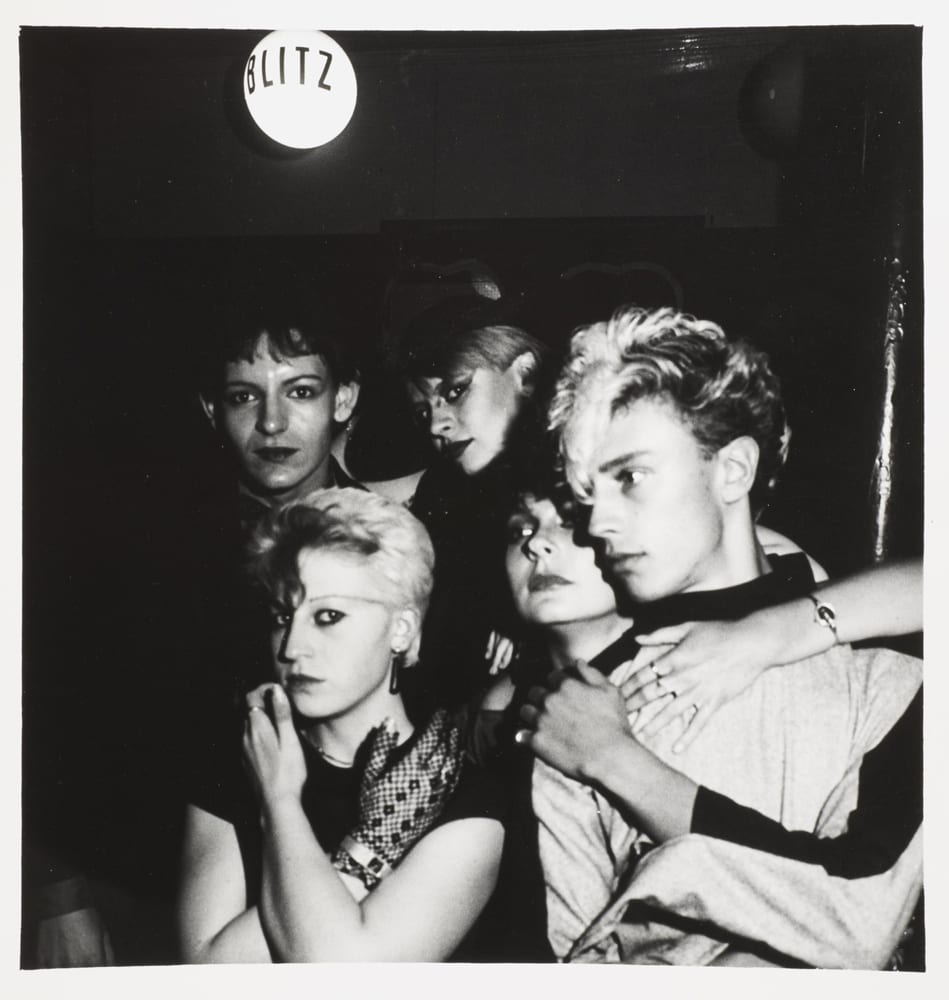
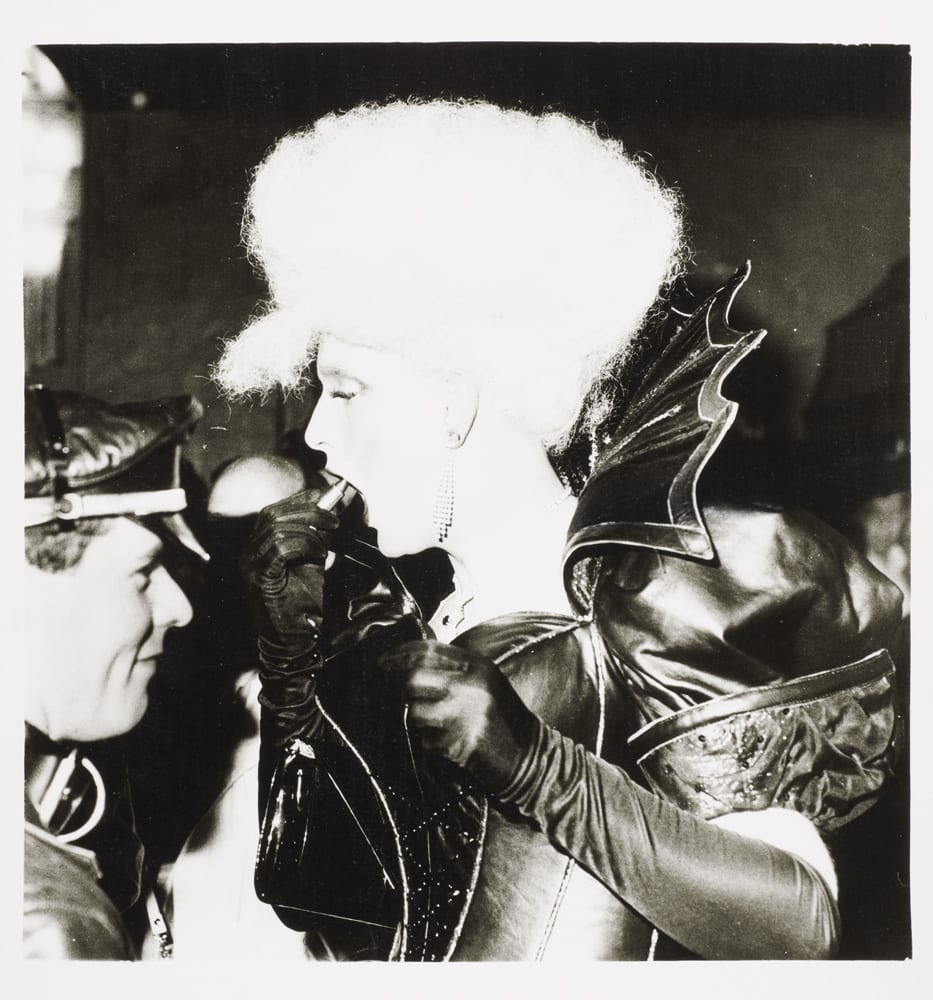
Despite being a freelance photographer for over 30 years, Richard Scott-Stewart’s work is relatively unknown. The exhibition brings to light 38 of his best personal photographs from the time.
Anna Sparham, curator of the show and Curator of Photographs at the Museum of London, said: “Dick Scott-Stewart was an accomplished professional photographer who mastered the challenges of black and white film image-making.
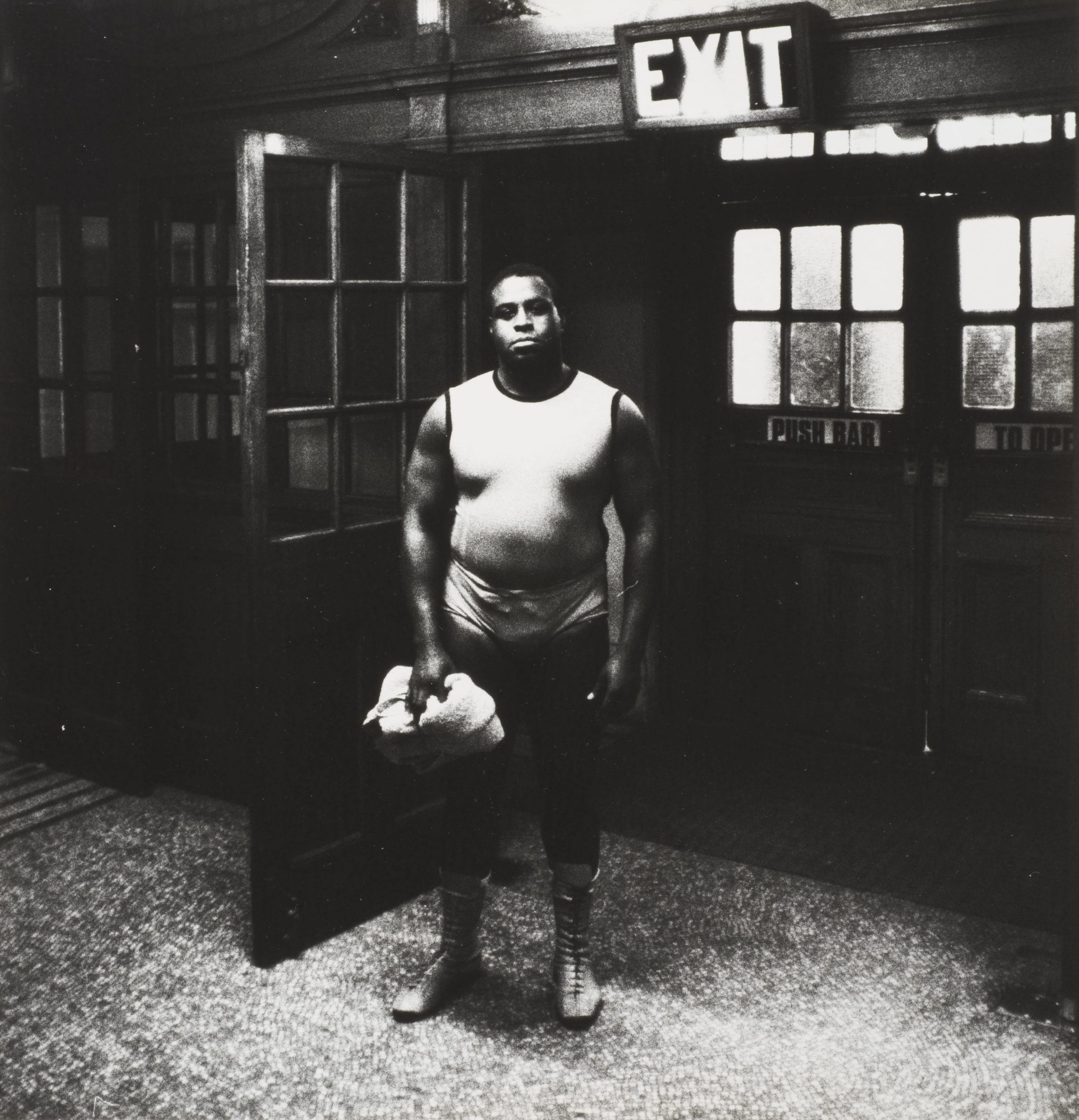
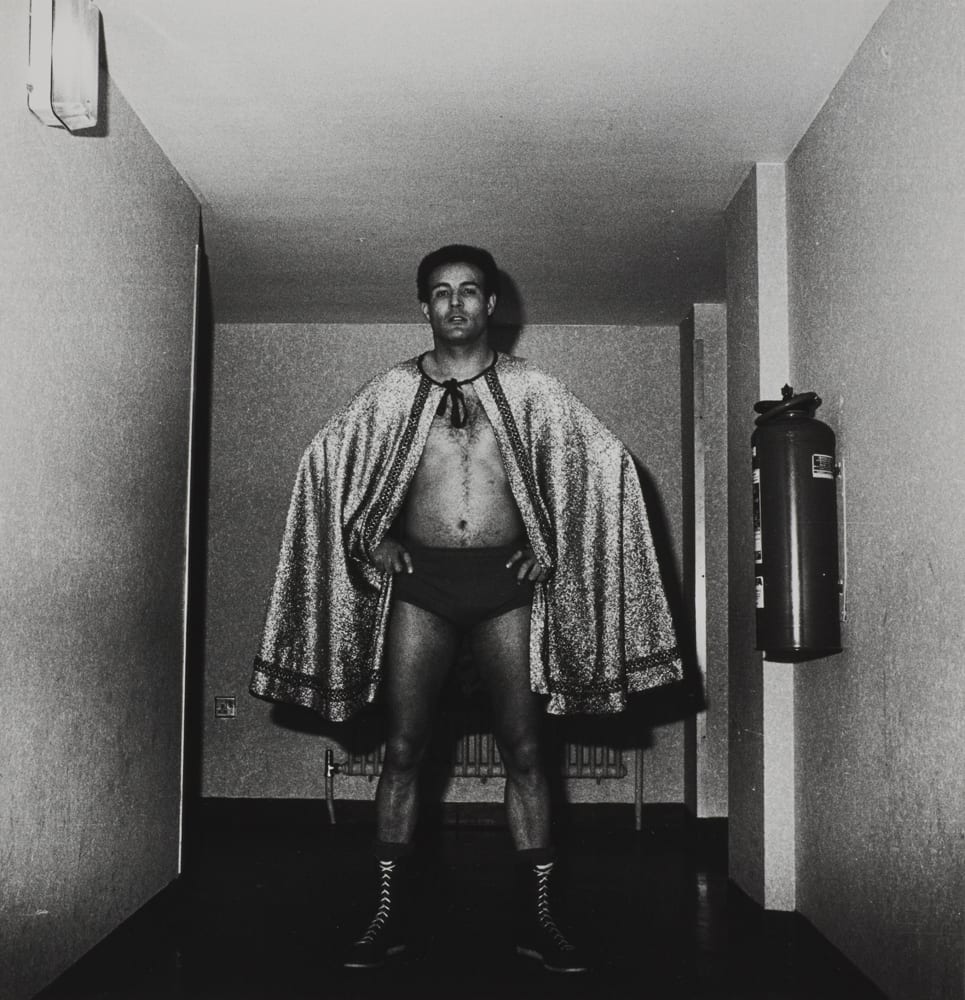
“He held great respect for his subjects, recognising and identifying with people on the periphery
Mog Scott-Stewart, Dick’s wife, said: “Dick’s work is part of the bigger 18th and 19th century photographic project of humanising London and the people who live here.
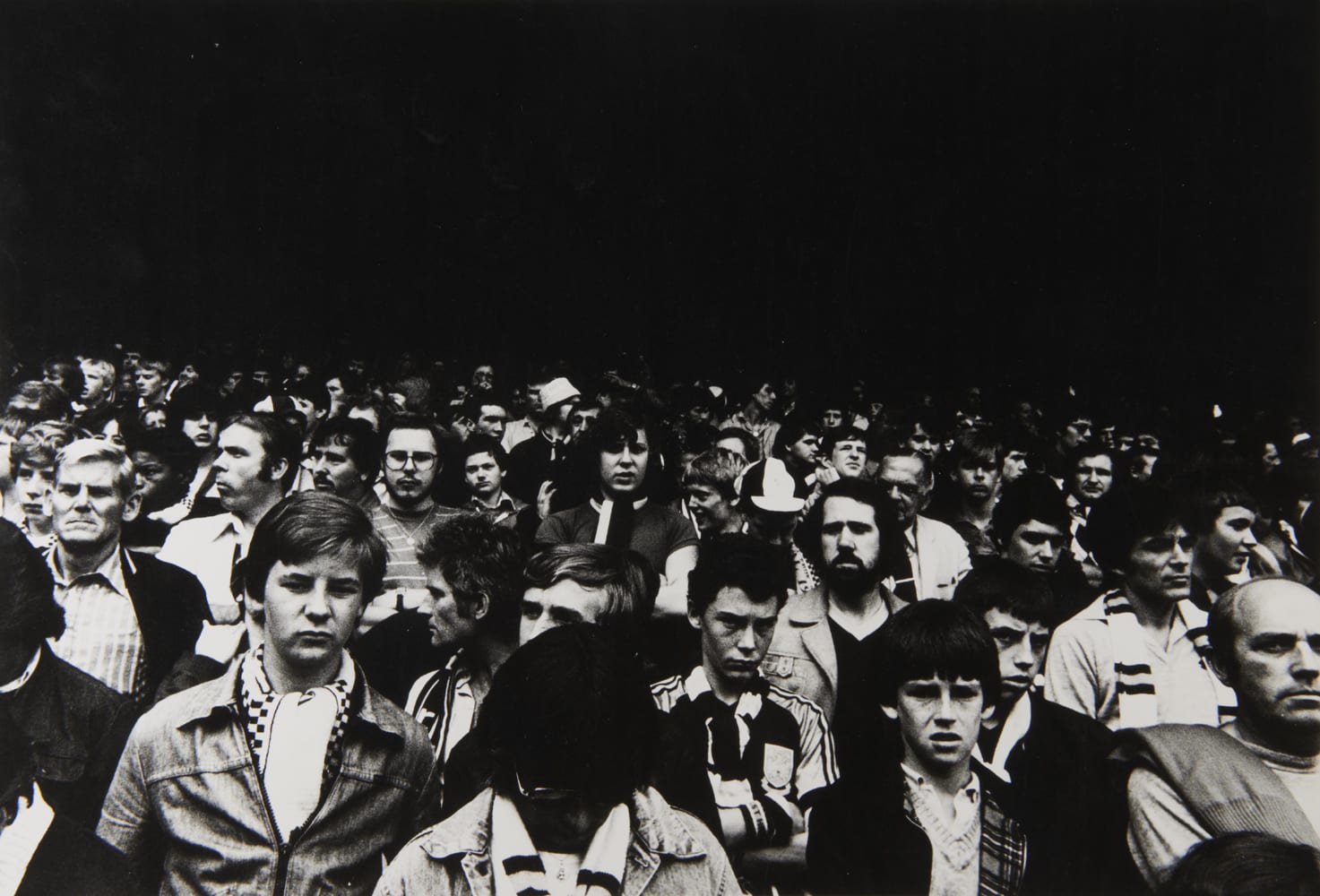
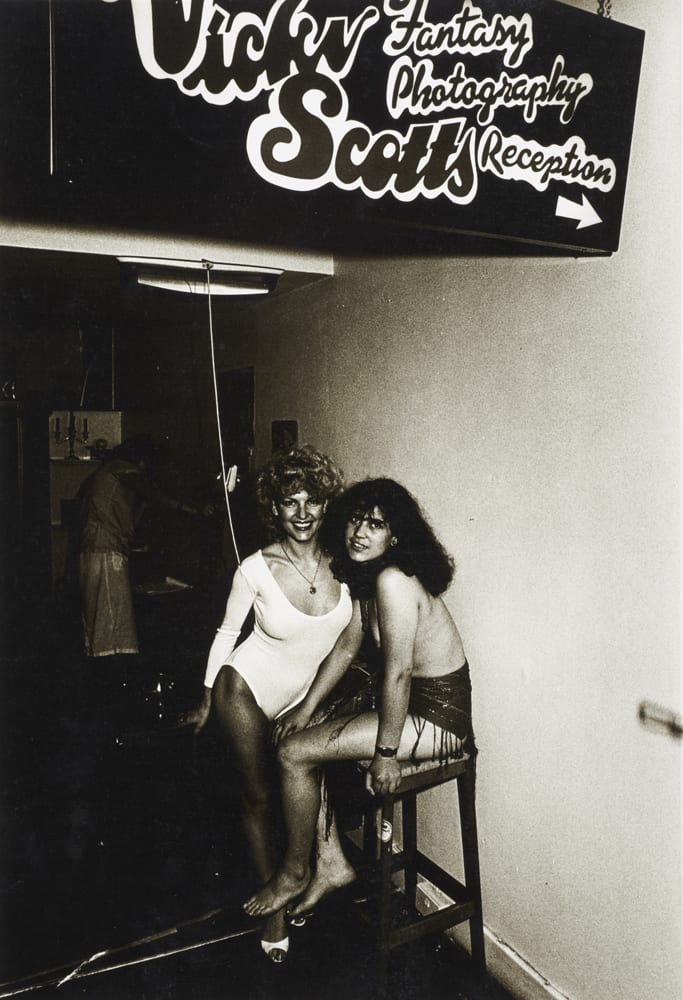
Reflecting on his photographs of youth subculture, Scott-Stewart said the subjects showed “a withdrawal from and opposition to the realities of the present, escaping…into their music, their dress style, their meeting places.”
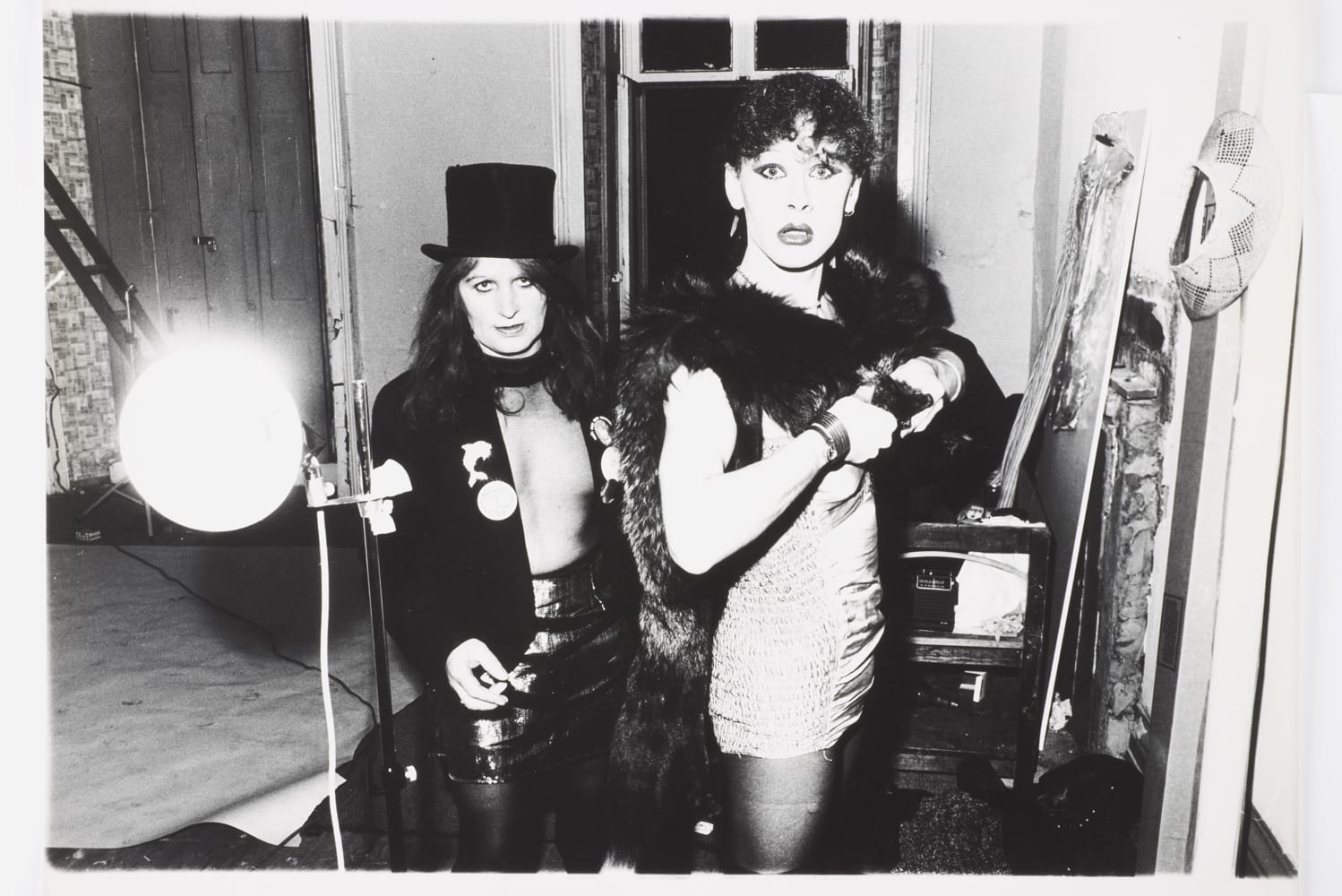
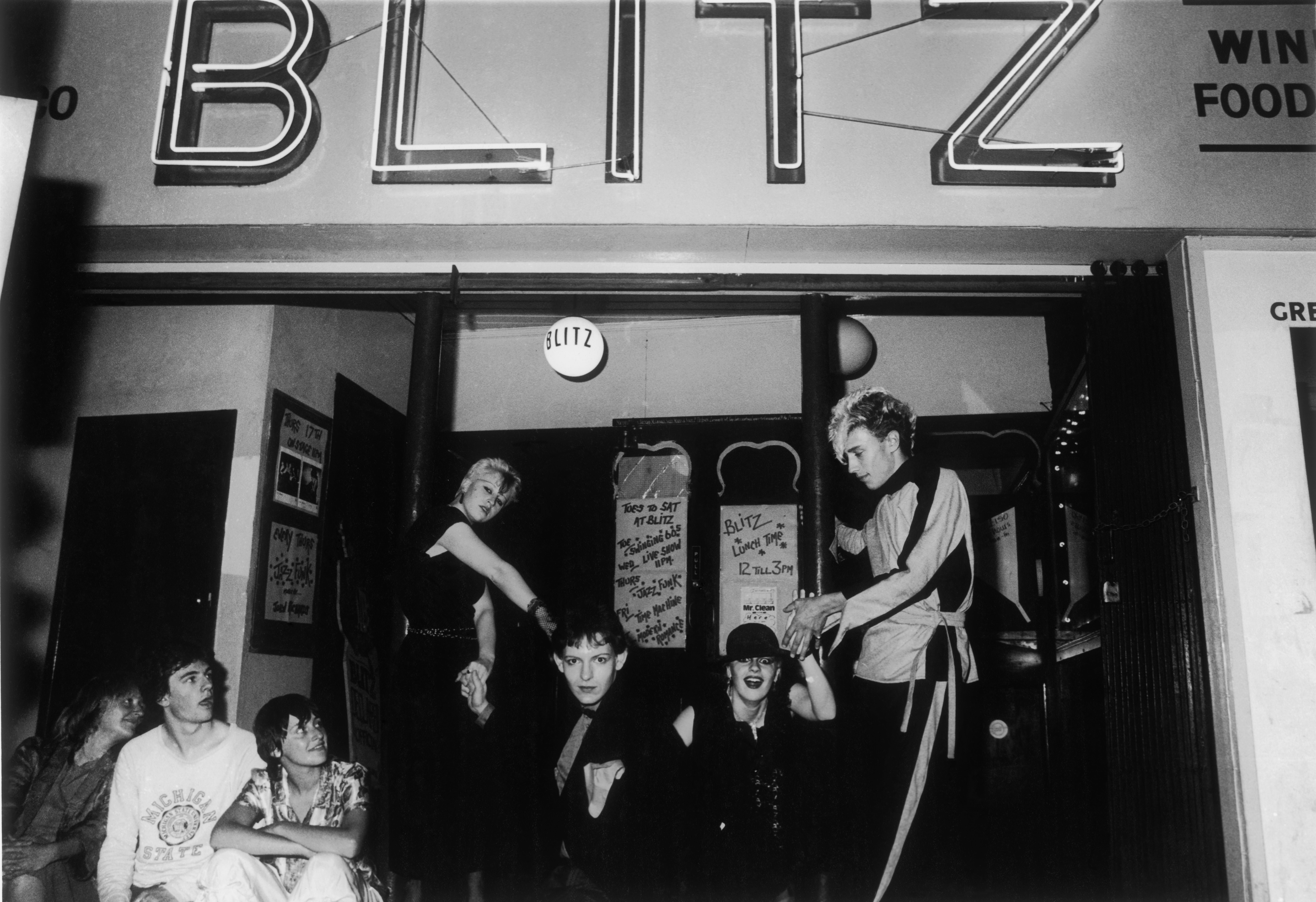
Scott-Stewart died from cancer in 2002, aged just 54. He was photographing until the end.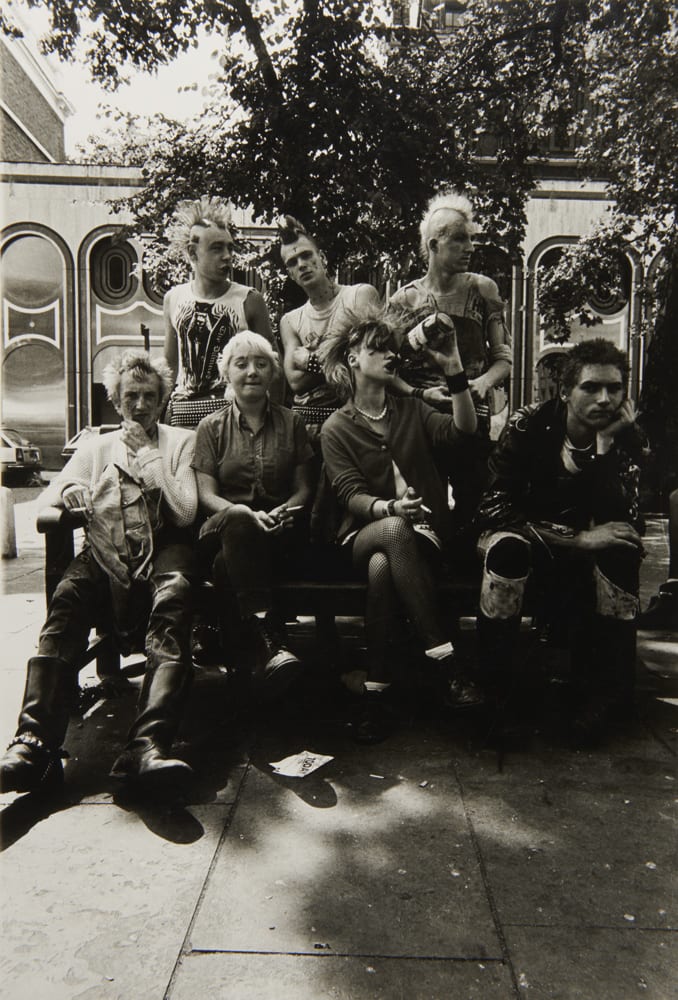
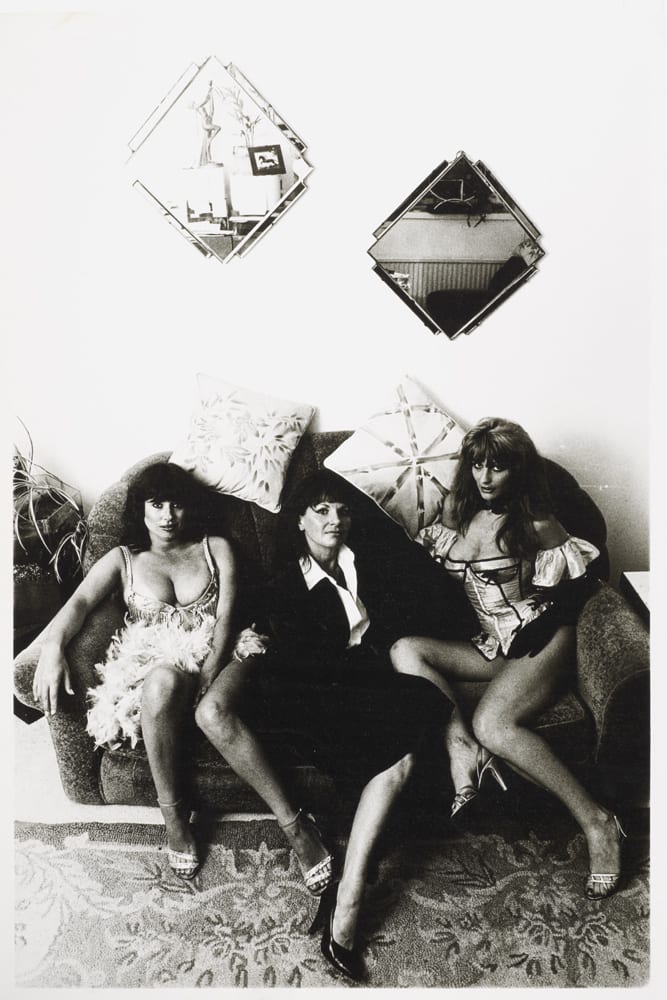
Dick Scott-Stewart was born in the Cotswold village of Painswick in 1948, the son of a doctor and a nurse. He lived in Cheltenham, Gloucestershire, where he was head boy at St Kenelm’s School, Cheltenham, later attending Epsom College in Surrey.
After moving to London he studied photography at the London College of Printing and worked as a freelance photographer thereafter. His work was published and exhibited internationally.
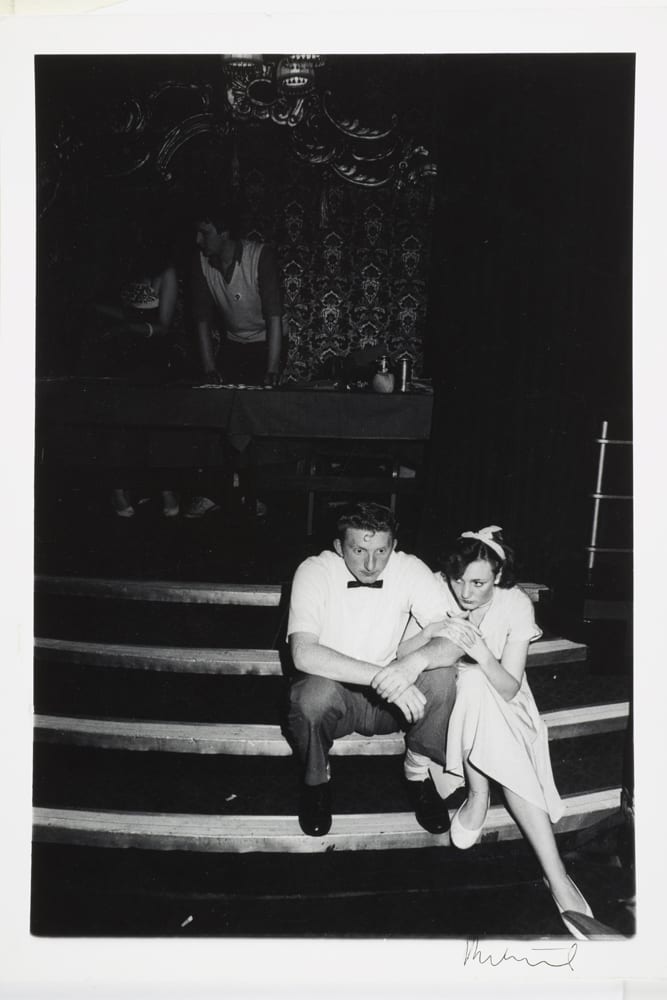
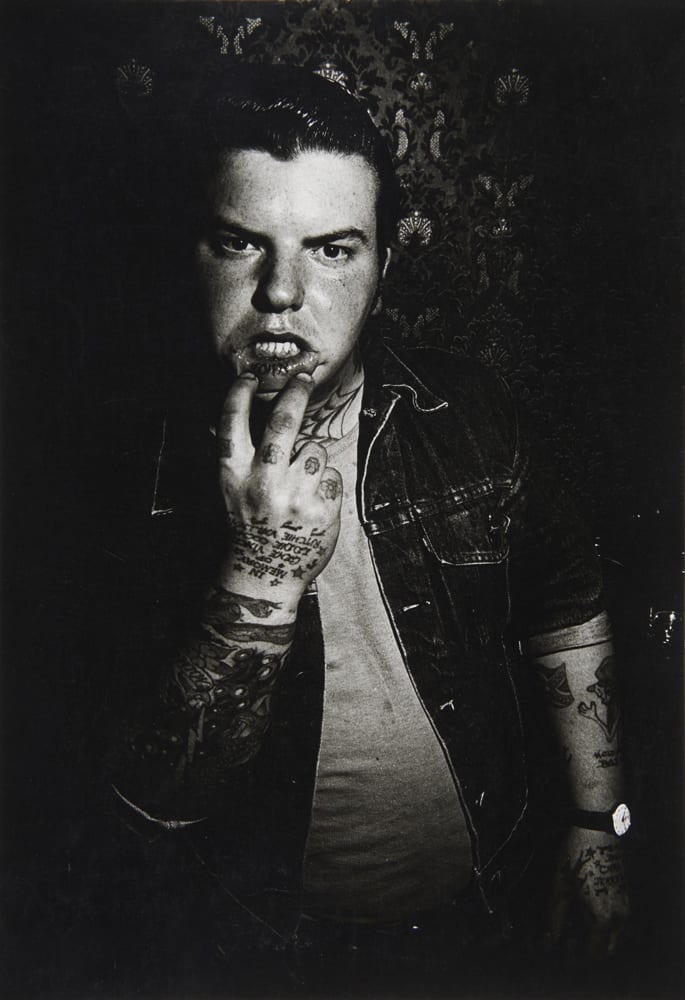
After his death in 2002, the Dick Scott-Stewart Archive was created, a permanent testimony to both the sweeping scope and the consistent consciousness of Scott-Stewart’s photographic eye.
Stomping Grounds: Photographs by Dick Scott-Stewart is exhibited from 27 May to 18 September, 2016. Free entry. More information is available on Scott-Stewart’s career here.
